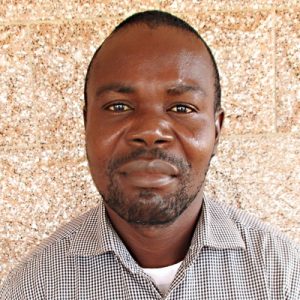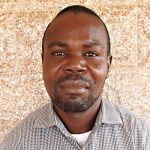Polloth Village is a rural community that is fast improving and catching up to the larger towns. It is vegetated and filled with varieties of fruits and vegetables expected to be found in a tropical environment. There are back roads at every single house in the village that directly leads to the different family gardens.
The most common livelihood is farming. There is dryland farming of vegetables and swamp farming of rice. People devote all their resources to planting large hectares of pineapples, rice, cashews, palm trees, and the infamous Polloth banana - the variety of banana that has made this village famous. The produce from the harvest is taken to the open market trade fair every Thursday for sale. The young men who have free time after farming have also resorted to fishing using dynamite. The dynamite has been modified and, when released in the river just in time before it explodes, brings up a lot of fish, but it is extremely unsafe, and accidents are a frequent occurrence.
The village came to our attention when it was made known to the country director that the two water points in the village of more than 1,000 people are not functioning (go here to see the second point which we are also rehabilitating this year). People then turn to open and unsafe swamps to get their water. One of our staff members is from this community and told us that he suffered from waterborne diseases due to drinking unsafe water in the past.
"All the diarrheal and water-related diseases my children experience are due to not having clean water to drink," said Saidu Kanu, a local farmer.
Due to the ever-increasing threats of global warming and lack of proper operational maintenance, the water points have greatly affected the water points. The well was dug in the late 1980s and slowly built up sand at the bottom. As a result, it functions only for about 1 month out of the year - rendering it virtually useless for community members. Because the other well in the community is further away for people living near here and is equally unreliable, people turn to the swamp.
The nearest swamp for most households is a 20-minute walk away. As a result, people will bathe and wash clothes in the same water that people bring home to cook and drink. This makes the water even less safe for people to consume. Cases of waterborne diseases are common due to this problem.
Here’s what we’re going to do about it:
Well Rehabilitation
The well marked for this overhaul is dry for a few months every year and needs major work to supply adequate, clean water to the community year-round. The pump will be removed, and a hand auger will be lowered inside and powered by a drill team. This hand auger will allow the team to drill several meters deeper to hit a sufficient water column to ensure the well supplies water throughout all seasons.
As the team drills, casing will be installed, transforming the bottom of this hand-dug well into a borehole. PVC piping will connect this lower system directly to the pump, a construction that we know will also improve the quality of water.
Once this plan is implemented, everyone within the community will have access to safe drinking water in quality and quantity, even through the dry months.
Hygiene and Sanitation Training
There will be hygiene and sanitation training sessions offered for three days in a row.
"The hygiene and sanitation in this community have been steadily improving even though we have a long ways to go," said Mammy Kamara.
After our visit, the hygiene and sanitation trainer decided it would be best to teach community members how to build a tippy tap (a hand-washing station built with a jerrycan, string, and sticks). They will use these tippy taps for handwashing demonstrations and will also teach about other tools like dish racks and the importance of properly penning in animals.
This training will also strengthen the water user committee that manages and maintains this well. They enforce proper behavior and report to us whenever they need our help solving a serious problem, like a pump breakdown.

 Borehole Well and Hand Pump
Borehole Well and Hand Pump















